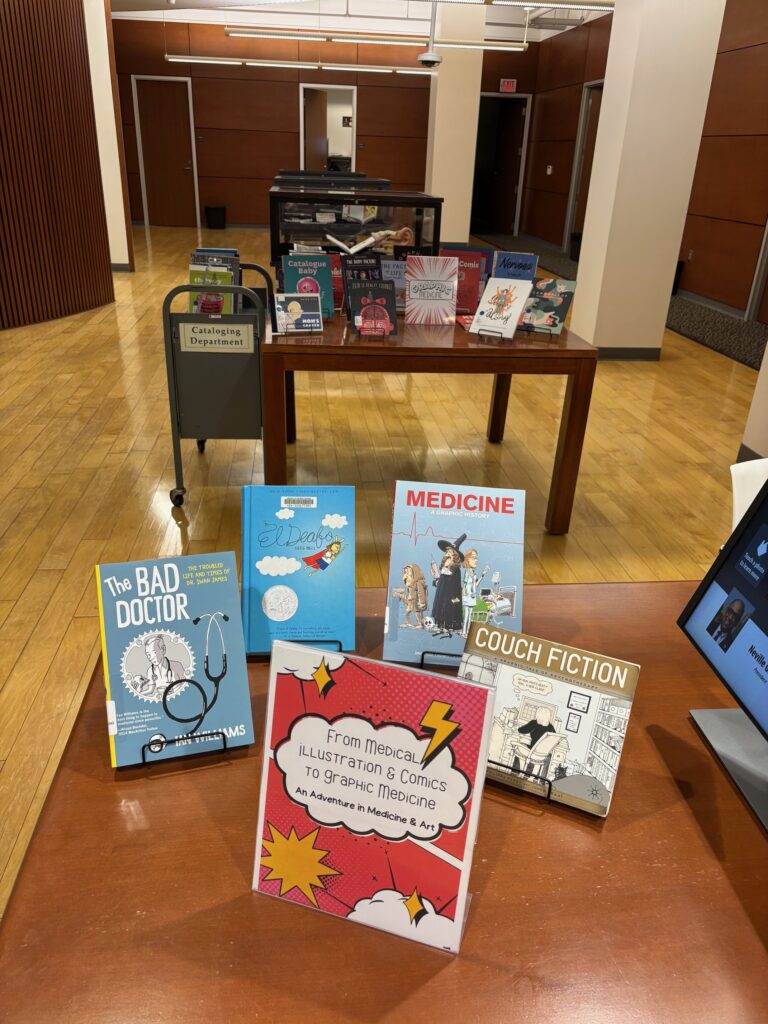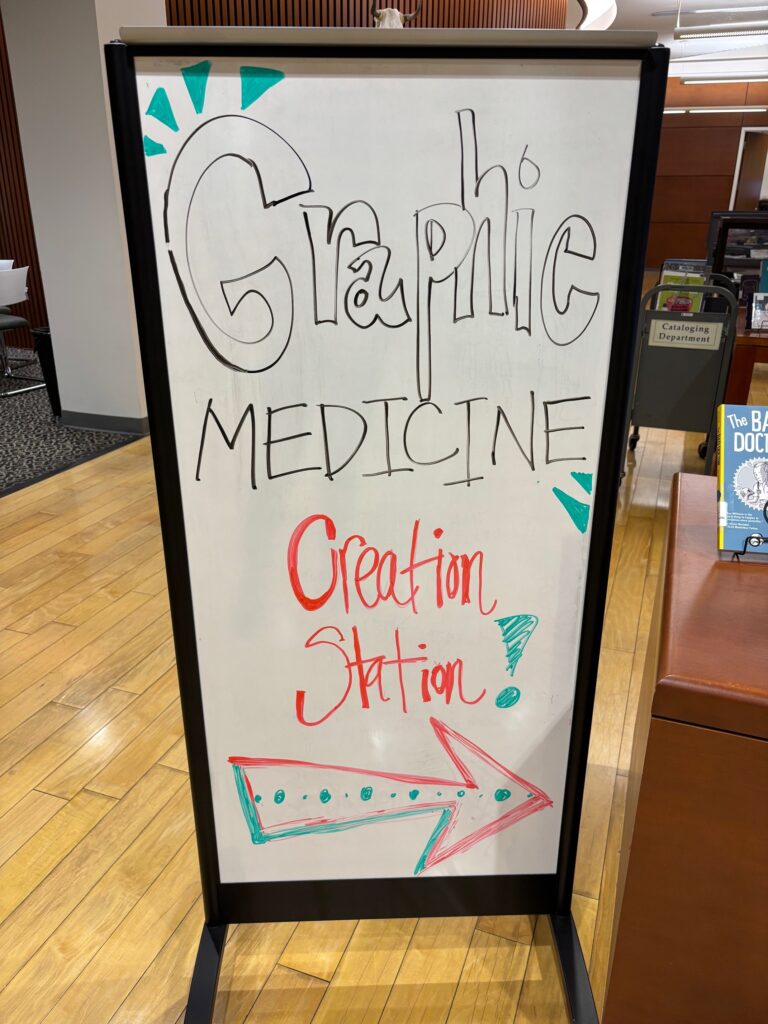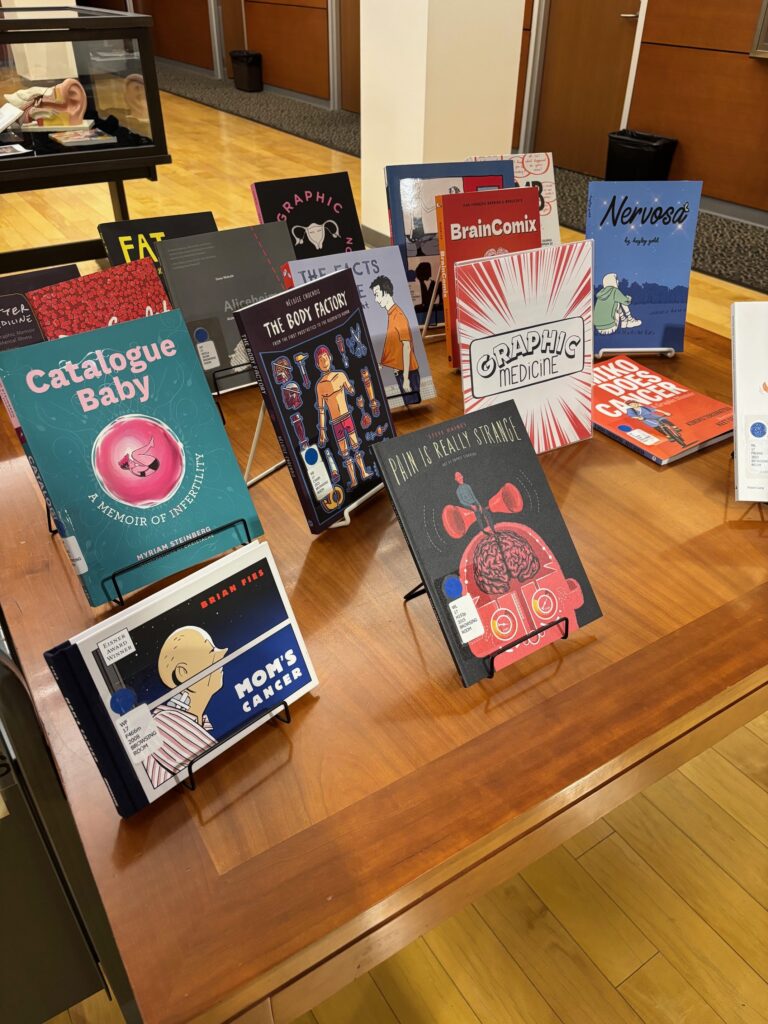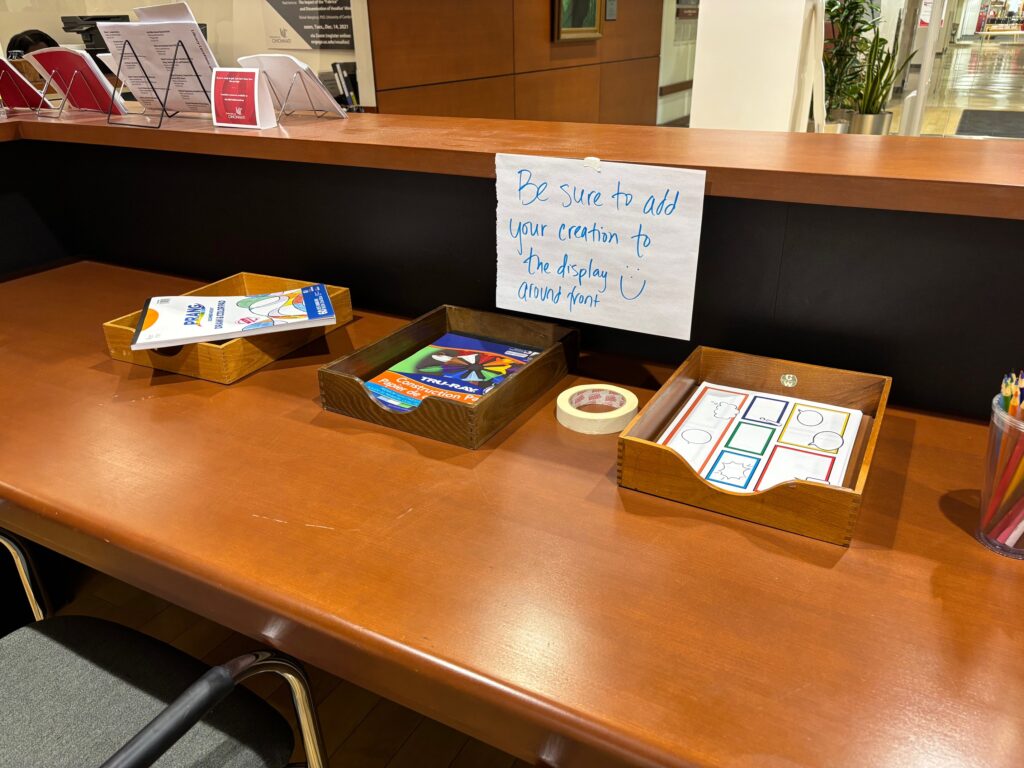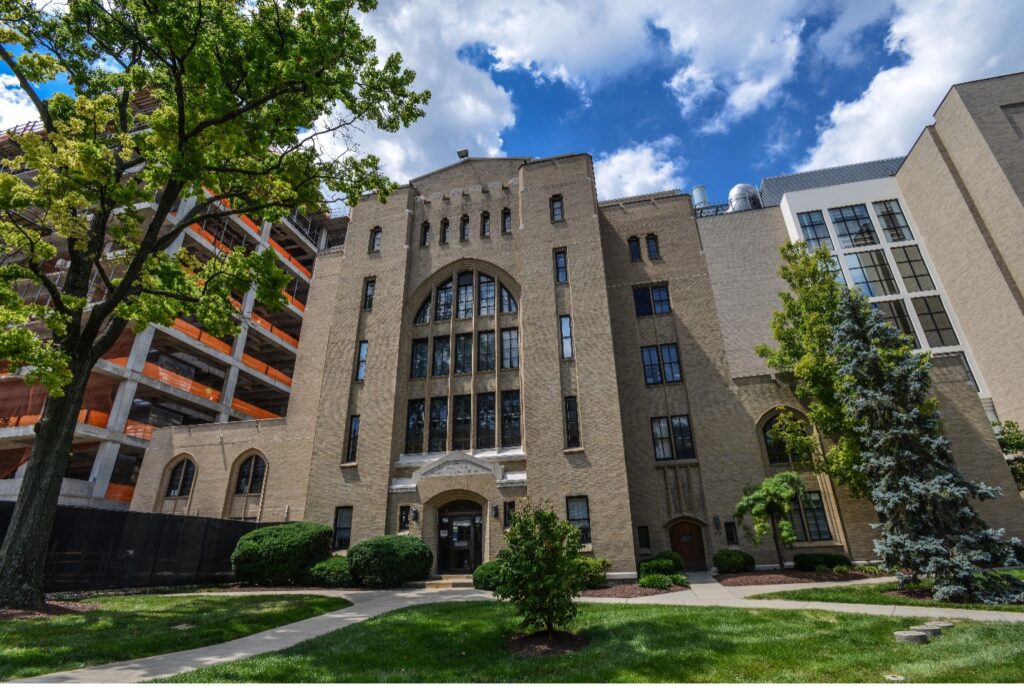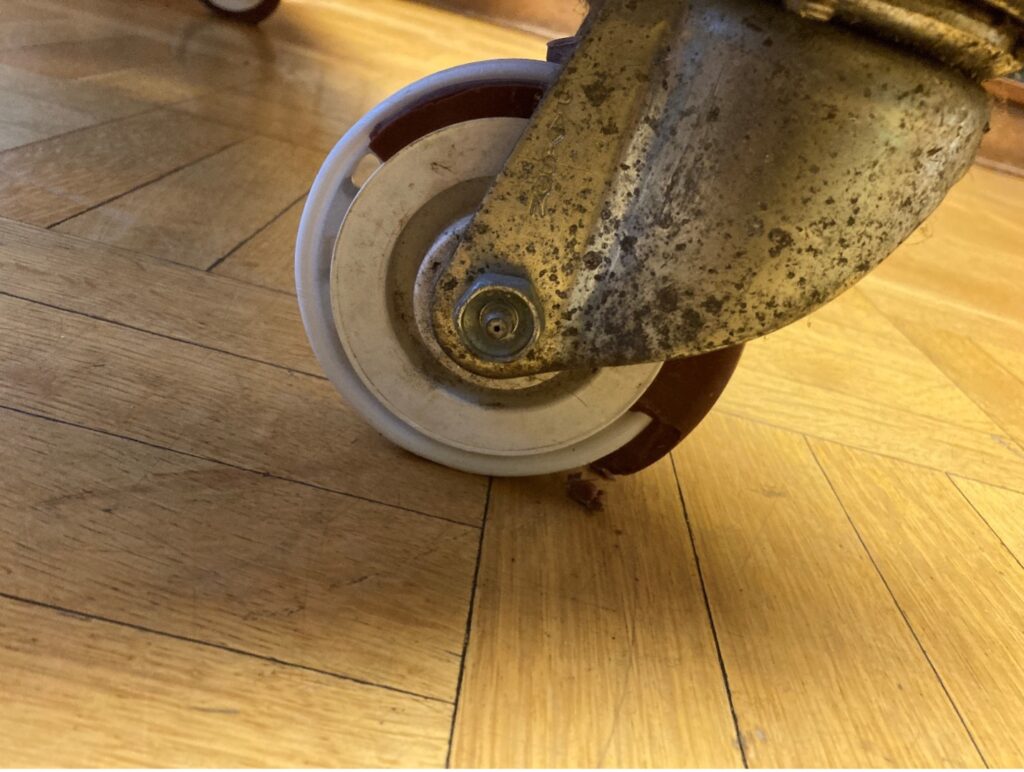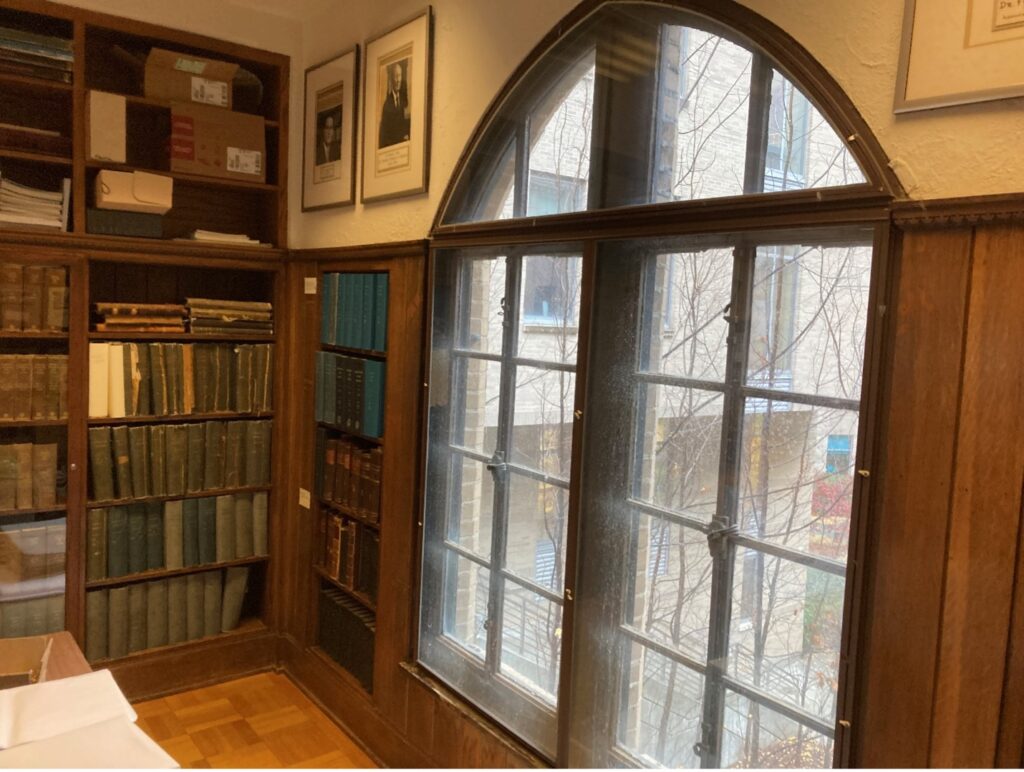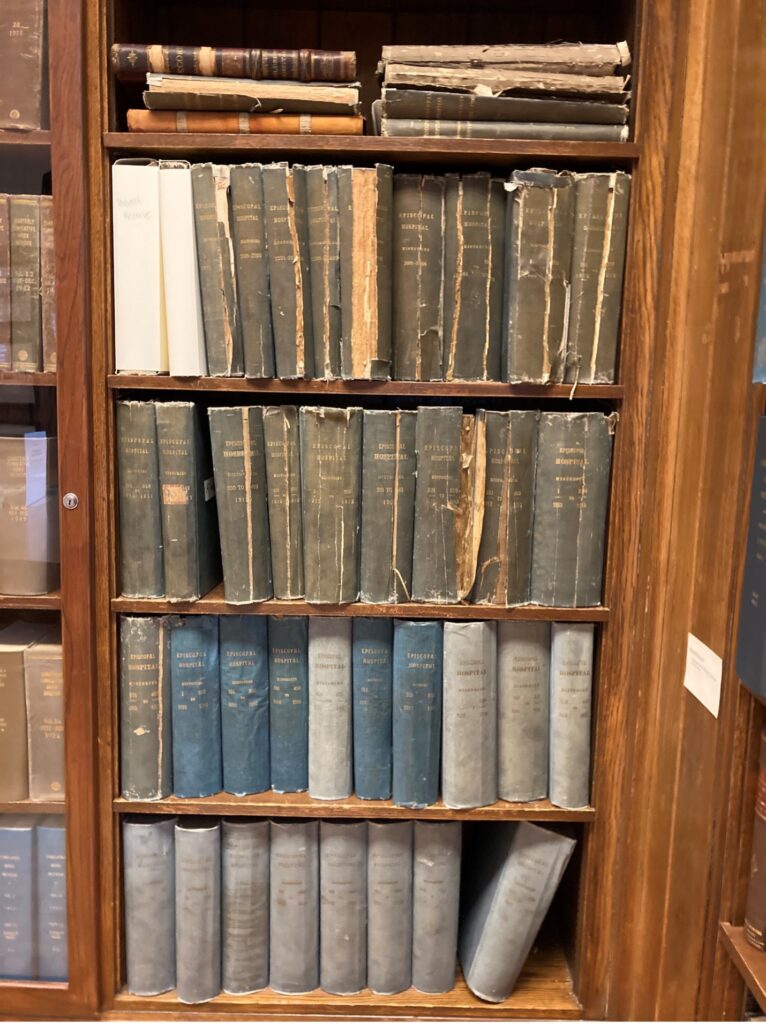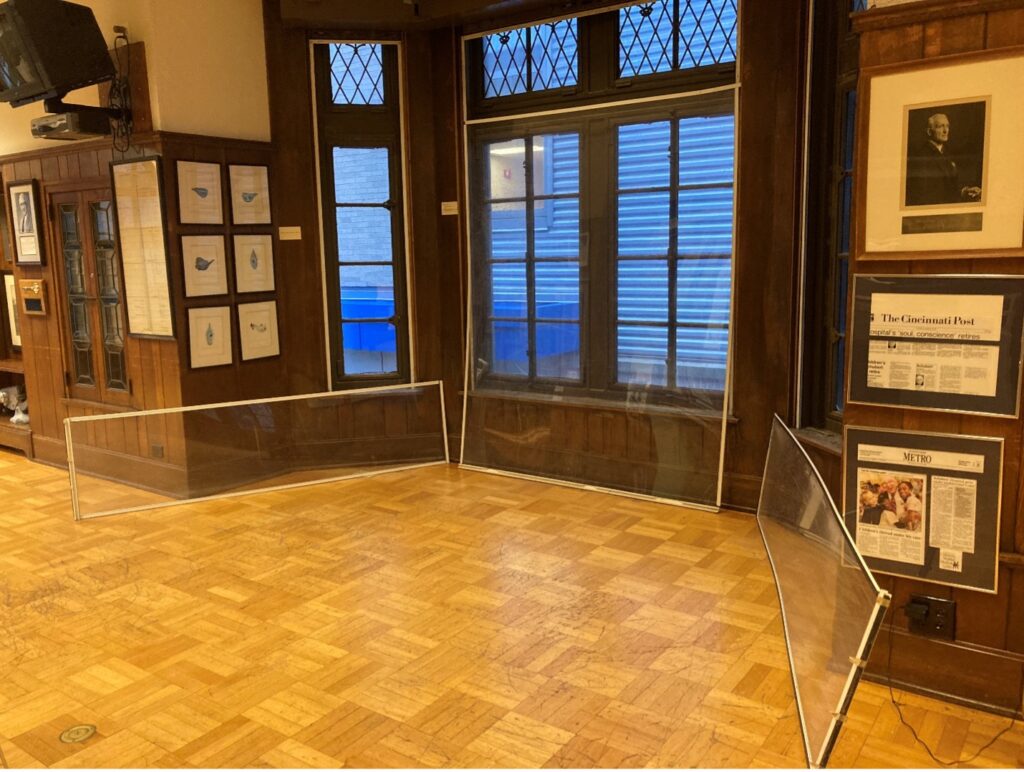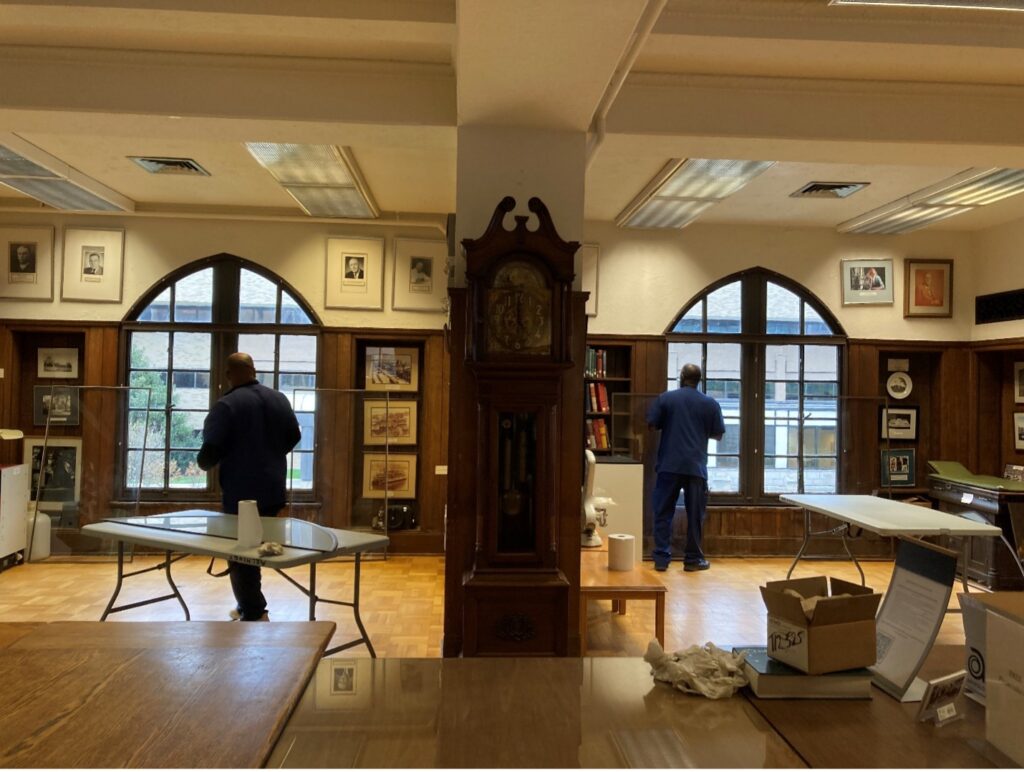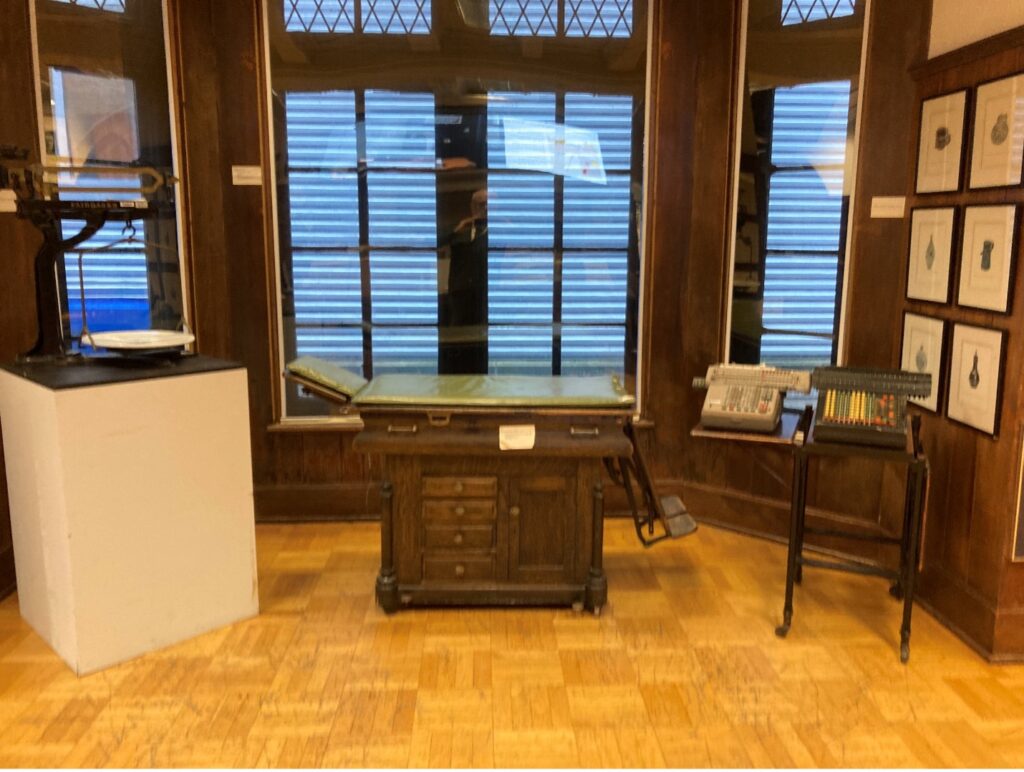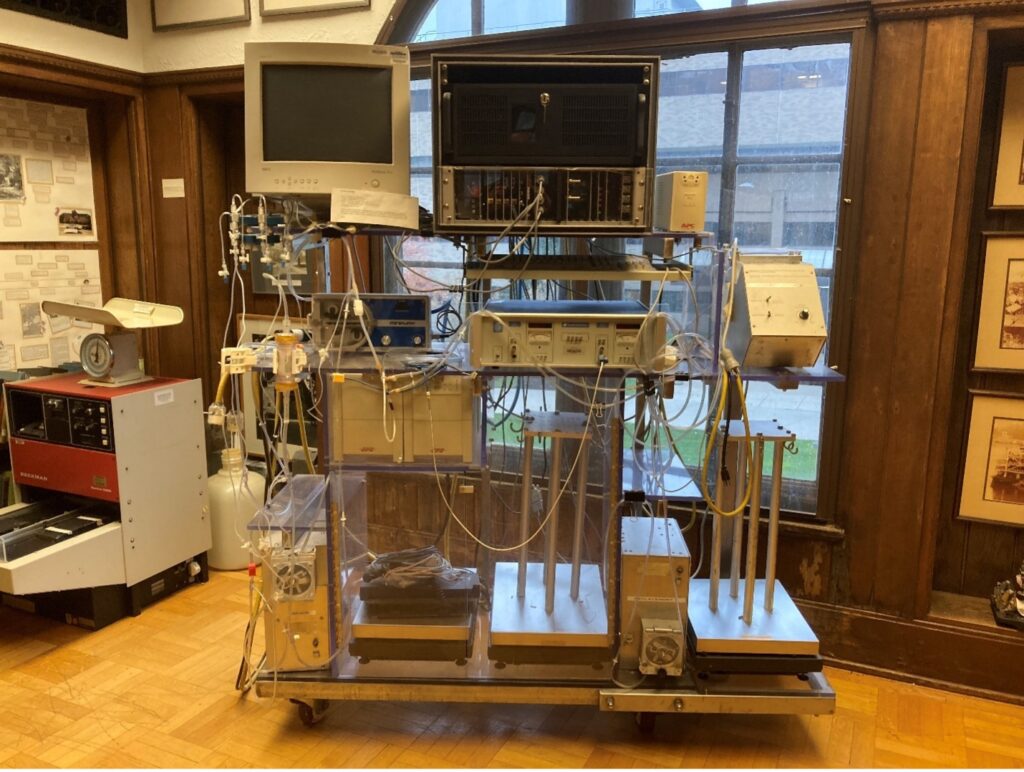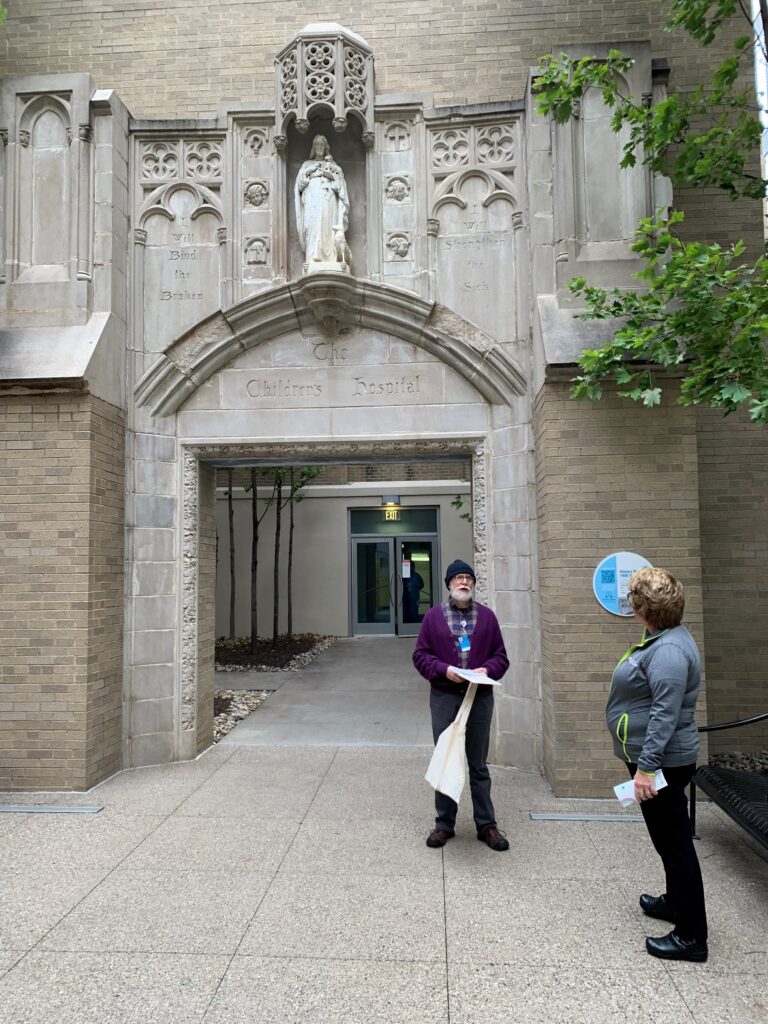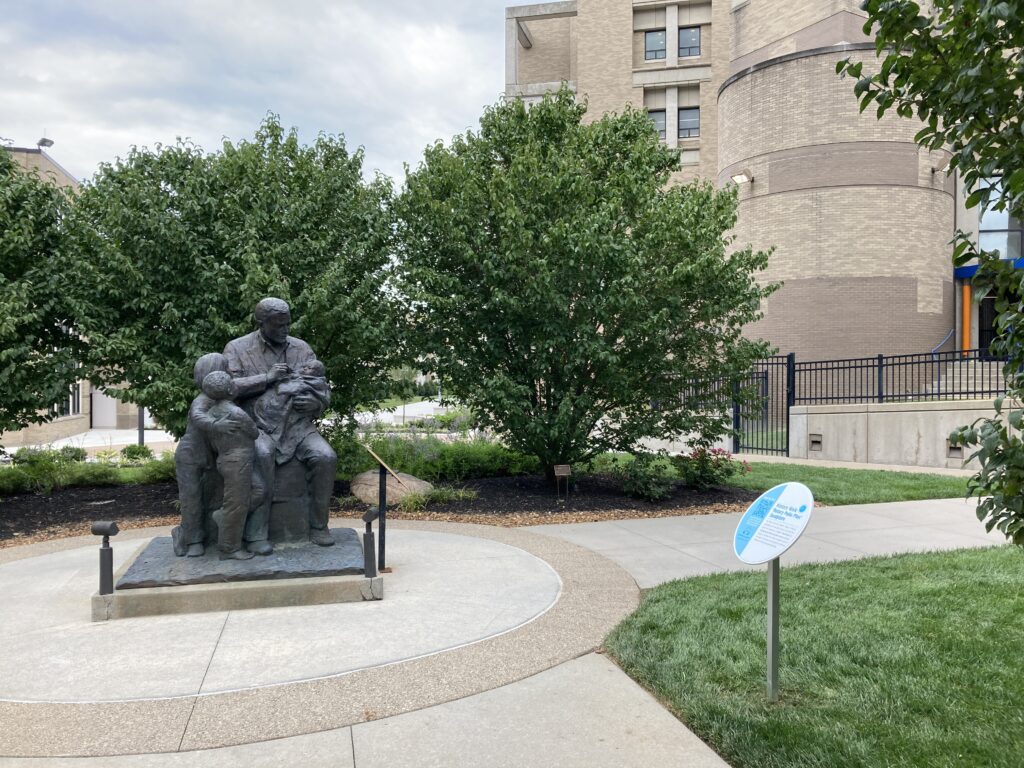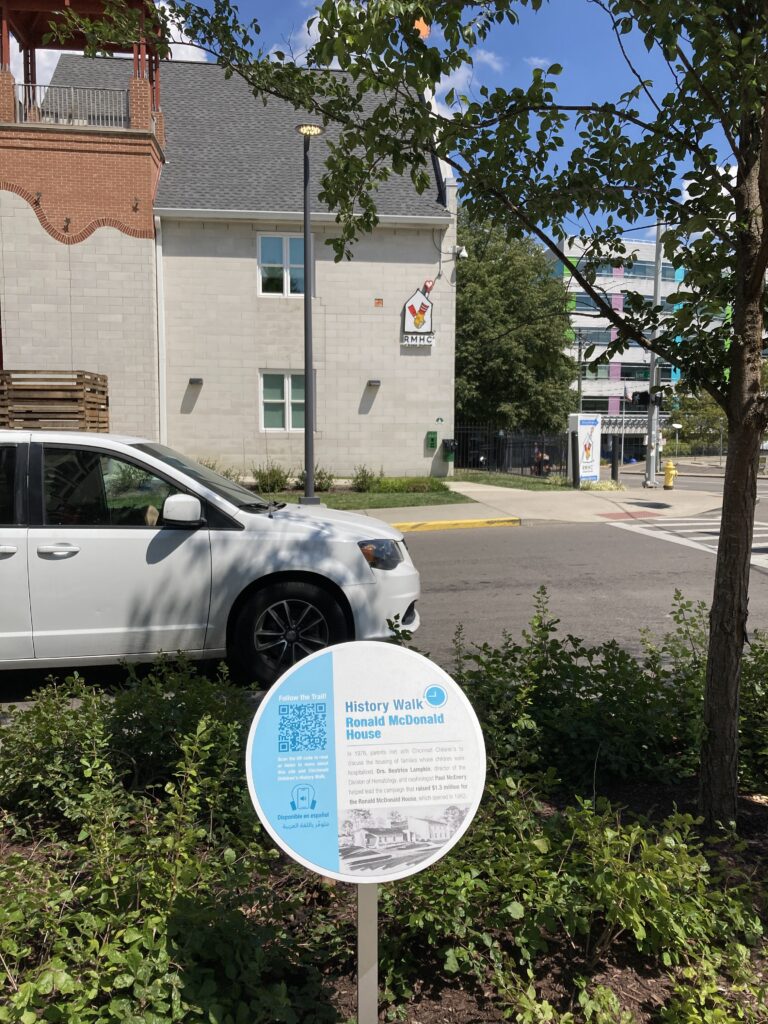Greetings from the Lloyd Library & Museum! This is Christine Jankowski, Archivist and Records Coordinator, reporting on an ongoing project that interns and I have been working on. The project is part of the never-ending processing of the Norman R. Farnsworth Papers and his work in the field of pharmacognosy. Pharmacognosy is a branch of pharmacology concerned with the physical characteristics and natural sources of medicine (per Steadman’s Concise Medical Dictionary) and Farnsworth was a renowned pharmacognosist who taught at the University of Illinois at Chicago (UIC) during the 1970s and was involved with the American Society of Pharmacognosy (ASP) until his death in 2011.
One project Farnsworth was deeply involved with of was NAPRAlert or NAtural PRoduct Alert. It was an online database of natural products, ethnomedicine, pharmacology, and botany. Its sources include ethnomedical information, pharmacological/biochemical information of extracts of organisms, case reports, clinical and non-clinical studies. Farnsworth first began work on NAPRAlert when he was assigned to the Botanical Codex Committee of the ASP. This research was based on work by Dr. Eldin V. Lynn, who compiled monographs on the phytochemical components of various botanicals. Farnsworth served as an editor for some of Lynn’s publications and from 1975-1980, Farnsworth amassed hundreds and thousands of research articles, papers, and book chapters. Some of these were then organized into Volume 8 of Lynn’s Index, but the remaining lead to the creation of NAPRAlert.
The database amassed over 200,000 articles and scientific papers. With the bulk dates from 1975-2005, there are far older articles that were photocopied out of books – some dating to the 1800s! Users included graduate and doctoral students at UIC and members of the ASP. Eventually, online access to this research had a paywall attached to it. Unfortunately, due to lack of resources, the database went offline around 2020. Due to budget and the frequency of papers released online, they estimated they only had 20% of all published papers fitting NAPRAlerts criteria from 2005-2020.
Although NAPRAlert.org is offline, the physical articles still live on in the basement of the Lloyd. Well over 100 double banker boxes house the thousands of physical copies of the articles, each with its own unique identifiable code written on them and a bonus of occasional notes made by Farnsworth or his students or peers. Some of the original IBM cards used to identify each article remain in the collection too! Aside from Farnsworth’s book collection, this was the largest portion of his papers that remained to be processed. Because of NAPRAlert’s offline status, some unique research requests we’ve received, and the need to rehouse all these papers, I had a crazy idea: recreate NAPRAlert for our researchers.
Organizing thousands of articles at essentially item level is an outstanding task to perform. Thankfully, I’ve had a number of interns to keep the project moving. They continually review and rehouse the paper materials of the Farnsworth collection. I always hope for the day that everything Farnsworth is organized and processed and properly ready for researchers because it all has been, admittedly, chaos. I know that this is a slight setback. However, I believe that this will be a tool essential for remote researchers and members of the ASP and will be a huge payoff by ultimately garnering more interest in the Farnsworth papers.

Farnsworth speaking at the ASP Annual Meeting, 2006. From the American Society of Pharmacognosy Records, courtesy of the Lloyd Library and Museum, Cincinnati.
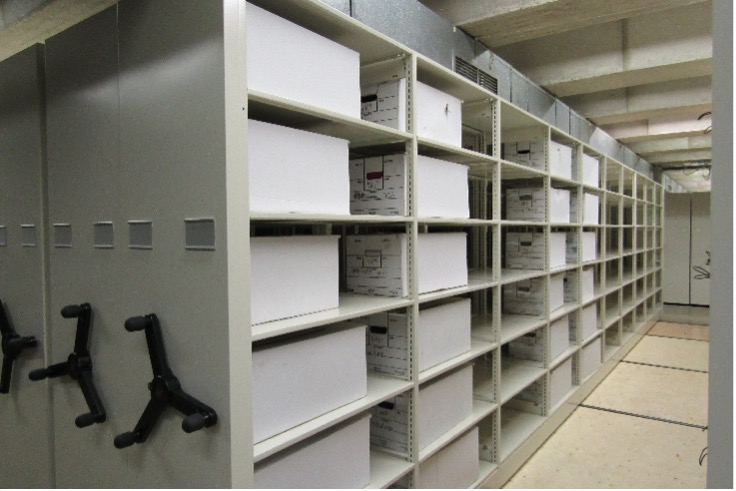
Examples of the double banker boxes in the Lloyd archives, c.2012. From the American Society of Pharmacognosy Records, courtesy of the Lloyd Library and Museum, Cincinnati.
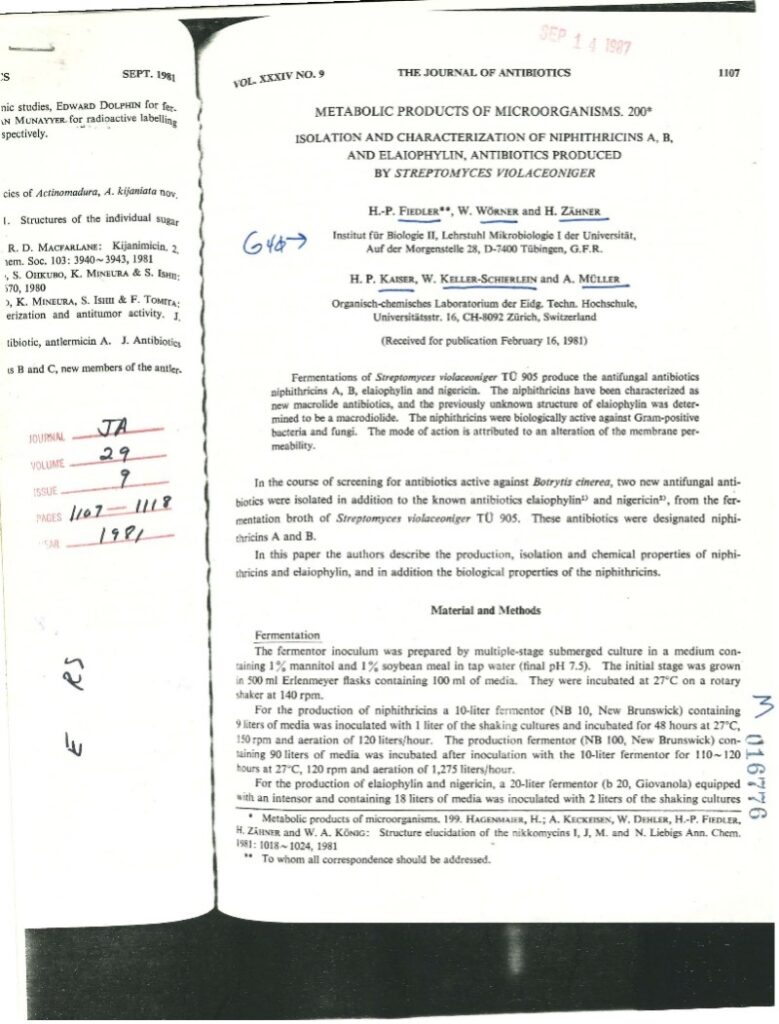
An example of some of the papers being rehoused in the NAPRAlert series of the Norman R. Farnsworth Papers. Note its identifying number in the bottom right margin. From the American Society of Pharmacognosy Records, courtesy of the Lloyd Library and Museum, Cincinnati.
